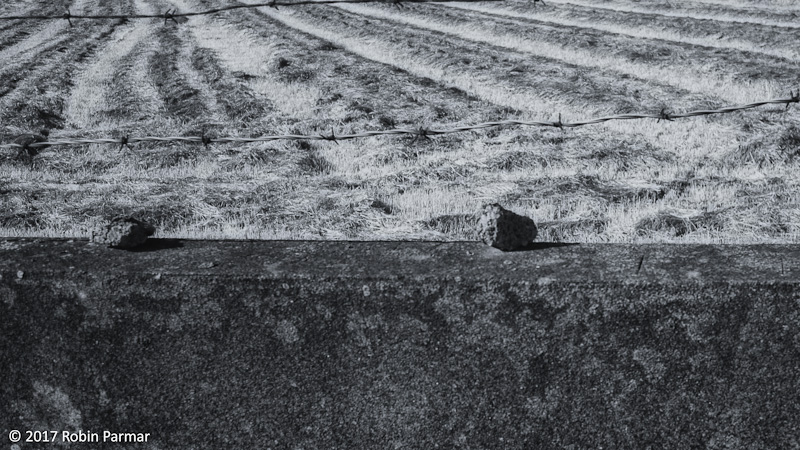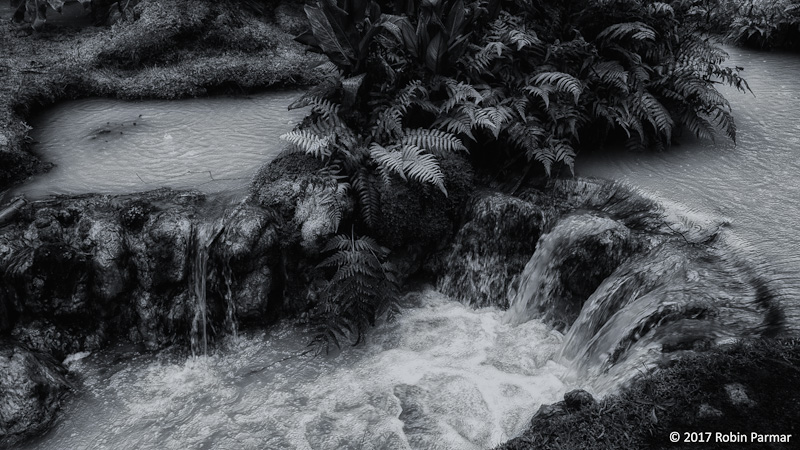Welcome
This process blog will be updated regularly as the project unfolds.
20 March 2017 | time zones
Ittoqqortoormiit is in Eastern Greenland. It was founded only in 1925 and means "Big-House Dwellers" in the dialect of Eastern Greenlandic. Only 450 people live there.
The Republic of Cabo Verde (commonly but incorrectly called Cape Verde in English) is an archipelago of ten volcanic islands, 570 kilometres off the coast of West Africa. It was uninhabited until encountered by Genoese and Portuguese navigators around 1456, and subsequently became a Portuguese colony. The current population of around half a million.
The Autonomous Region of the Azores is an archipelago of nine volcanic islands, 1643 km west of Lisbon. It was uninhabited until perhaps 1427, but now has a quarter of a million inhabitants.
These three territories are the only inhabited part of UTC minus 1, making this the loneliest time zone in the world, judged by human standards.
UTC-1 is the time zone of the Atlantic, the time of unrelenting waves, deep currents, and salt spray. The zone of the moray, the baleen whale, and the ling. The zone of towering underwater mountains and everlasting tectonic disturbance.
To keep time here is a pretense one clings to, like a castaway battered against a rock.
29 March 2017 | tea fields
Tea cultivation was initiated by two Chinese immigrants to the islands in 1874. Chã Gorreana is the oldest plantation, founded in 1883, family owned and operated ever since. For some time it has been the only tea plantation in Europe. There used to be others here on São Miguel, but now these 30 hectares are sufficient.
The locals are justifiably proud of their product, which has a simple earthy flavour. No pesticides or chemicals of any type are used, and this includes an abstinence from dyes and preservatives in the processing itself.

Rows are cut into the bushes. The irregular furrows seemingly ignore the hilly terrain, cutting up-hill and also plunging into a deep stream valley.
Blackbirds perch on the top of the branches, spying out insects on the earth below. It's as though these passages were made for them. In truth, the pattern is a little mesmerising, if you focus vision and block out the horizon.

Workers pick the tea by hand, toss the leaves into bags, and load a tractor. This follows a larger central path back to the factory.

The drying machinery was manufactured in Gainsborough, England by the Marshalls company. It might look like a museum piece, but is totally functional. The dials and levers harken back to an older method of agriculture, one that thankfully maintains its relevance here.

I was particularly taken by the duial indicating "leaf spread in inches". I cannot imagine what that actually means, since surely there is no intention to spread each leaf apart from its neighbour?

The sound in this factory was driven by a large turbine that blows air through wooden slatted tea holders. You can get a sense of this from the video I recently posted.
Less apparent from image or audio recording is the aroma. It's like resting in a giant's tea cosy, or like a carefully trained team opened three thousand bags of the purest tea simultaneously. Heavenly!
29 March 2017 | three dances
27 March 2017 | the unrecordable
Walking east of Ribeira Grande, I pass first one petrol station, simply two pumps by the side of the road. And then another, providing a coffee shop and convenience stop. This is a sure sign of leaving town.
The landscape now is rolling plains, with some sizeable hillocks in the middle distance. I walk towards one of these, to see if there might be a trail to the top. Steep walls and barriers of plant-life make this impossible. Or perhaps I simply do not know the way.
There are plenty of impromptu still life arrangements along the way, such as these stones.

I turn off the main road, to avoid the vehicular traffic. Now I pass a cow field and two horses, the latter unfortunately tethered. These are opposite some sort of water treatment plant. The drone from this process pervades the entire area. It's no worse than tire noise, but I decide not to make any sound recordings.
Instead, I will walk and listen. My ears can provide the aesthetic filter that microphones lack. In memory I will recall the sound as processed through my own phenomenology, and not the sound as transduced by microphone, recorder, and headphones. It's a choice to be made, no doubt different on another occasion.

In this rural landscape, as in the city, abandoned buildings are a common sight. Their original purpose is obscure to me: perhaps houses, perhaps barns. The photographer in me is tempted to explore inside for intriguing textures and shapes. But on this occasion I decide to be the traveller. I will continue on apace.
Besides, the clear sky might soon again be punctuated by rain showers. There is a wind, bringing change of some sort. But I am not yet accustomed to the weather patterns here, so I don't know what skies the next hour might bring. Certainly it is a place of change.

The road winds suddenly downhill and around a bend. I find myself in an artificial ravine, the fields on either side now far above my head. Turning a corner, I see that the road now follows a drainage culvert. I pass more buildings and commercial works, their purpose mysterious.
The grasses on either side of the road are now two or three meters tall. Hidden inside are birds. The wind knocking the dried stems provides an accompaniment for avian calls.
You must imagine this stochastic soundscape. Or find a similar place and path your own sounds. Sometimes there will be recordings here, but I offer no guarantee.

25 March 2017 | Terra Nostra Botanical Park, Furnas

Furnas is located in a caldera. As you come into town on a winding road, you are descending into a volcano, even if this is not apparent at first. There is no lava, no eruptions, or other signs of turmoil. But just below the surface, water is heated by geothermal energy. Furnas is indeed a volcanic furnace, and the evidence for this is found in the Terra Nostra Botanical Park.
This incredible park is home to over 300 species of fern, plus Malaysian rhododendrons, azalea, and primitive plant species practically extinct elsewhere. The damp climate combined with the undergound heat create a perfect habitat for many plants otherwise not to be found in Europe.

Truly it is like some strange trip back in time, though mediated by Portuguese and British gardening aesthetics. On the day I wandered, it was pouring rain. So I found myself the only human inhabitant of the winding paths. Companions perhaps wiser that myself were bathing in the warm mud-coloured pools. This was a strange sight in itself, though modesty forbade photographic evidence. It was as though human soup was being rendered for some giant's repast.

I made several sound recordings, under bamboo (above), eucalyptus (below), and other tree cover. I got completely drenched, but my gear remained relatively dry.

You can hear excerpts from the recordings on Soundcloud.
a) geothermal stream
b) under bamboo
c) under eucalyptus
Should you visit the Azores, bring a towel, a bathing suit, and 8 Euro. Do not miss this place!
As a bonus, the adjoining hotel serves local brandy to warm bones chilled by damp excursions.
23 March 2017 | Solaris

The ocean is going to dominate this journal. I write a poem and it gets inside the poem, twisting it to its own ends. I take a photograph and it gets inside my images, even if they cannot hope to convey its power and unrelenting will. One lens now has been converted to the sea, its aperture now under some other command.
I make a video and the water sloshes around in the frames. I make a recording and hear only waves, under everything, as though this island is afloat. I eat a meal and it is made from some unknown unnameable fish. Sea flesh becomes my flesh.
I think of the sea and the sea thinks of me.
22 March 2017 | Night thoughts, ocean depths
Night thoughts, ocean depths, the pull of sleep countered by dogs, each barking in the dark at whatever they might. Any disturbance alarms them, or even none at all. But on those quiet evenings when even the canine mind finds peace, a darker sound rises up over everything. This stormfront drone folds back from the hills. Roiling, thunderous, a white noise haze like wind humming angrily through the thick of deep woods. But there are no trees. This dark forest instead lies offshore, beneath waves, on terraces of magma frozen into this very island. We lie chancing sleep on one peak of an Atlantic ridge just high enough to be irrigated by air. Other crowns surround this one, but submerged, invisible in the thrashing. Rip tides, zip waves, and peaks of rare magnitude come to wash us away. A jealous oceanic mind desires to reclaim its own. Nights, especially, the sea's impenetrable thoughts slide towards us. A mercurial sound betrays an infinite engine with which we cannot compete. If I lived here, on São Miguel, I'd worship a sea god just in case.
21 March 2017 | Ribeira Grande
Ribeira Grande lies on the north shore of São Miguel, the largest island of the Azores. The main street is busy with traffic, but elsewhere the town is quiet enough, seemingly awaiting an influx of tourists but for now sitting out the Lenten season with reserve.
19 March 2017 | Lisboa
To get to the islands there is first Lisbon, a city based around two necessary ingredients. The first is the rich pastel de nata, first sold in 1820 by the monks of Jerónimos Monastery. What is it with monks and foods so obviously sinful?

And the second is the sun, which brings people out to the Terreiro do Paço, still named by locals after the palace that is absent from this site, destroyed by earthquake in 1755. Today the earth feels solid, warming under feet.

From here there are two subway journeys, an airport stay, and a flight out directly into the Atlantic. The travel is away from the mainland, away from Europe, but taking Portugal with us. There will be more sun. And pastries.
17 March 2017 | before the beginning
There is always something before the beginning. In September 2016, "In that place, the air was very different" was installed for the first time, at Echo Echo Dance Theatre, Derry-Londonderry, Northern Ireland. This was part of ISSTA 2016: Temporary Autonomous Zones, curated by Brian Bridges.
Previous residencies that have resulted in material for this piece. I wish to thank all of my previous partners for their generosity and encouragement.
In August 2016 I took part in the Terra Alta residency, La Fatarella, Catalonia.
In May 2016 I was resident artist at the Sirius Arts Centre, Cobh, Ireland, for Sounding Cobh.
I first developed this working method in May 2015 for Sounding Cork, The Guesthouse, Shandon, Cork.
Those links go to my website, which contains further information, images, sounds, and so on.

